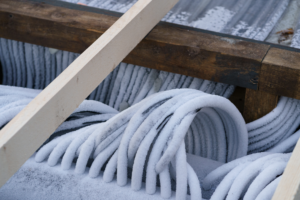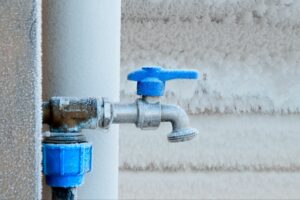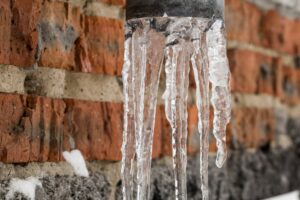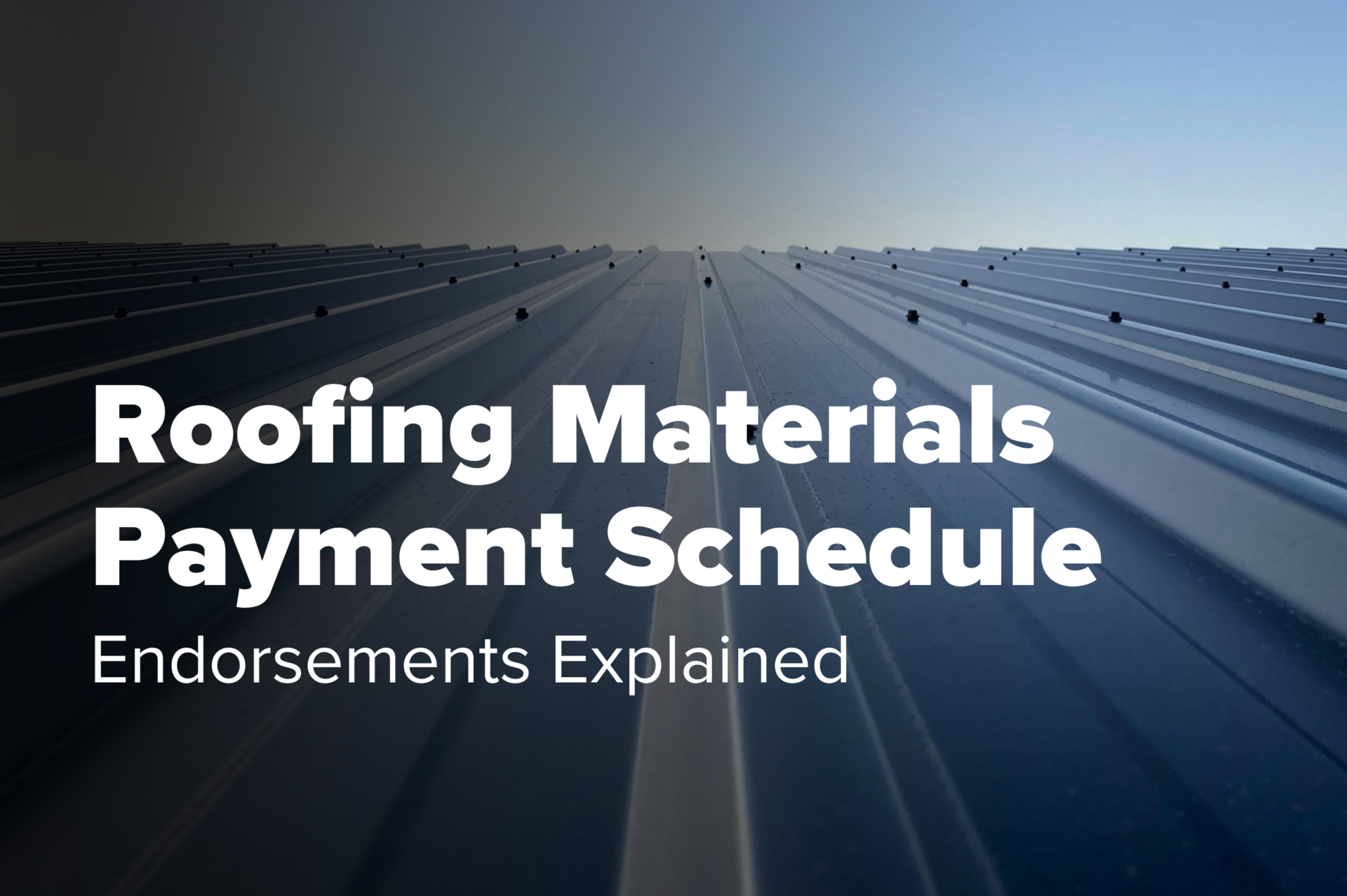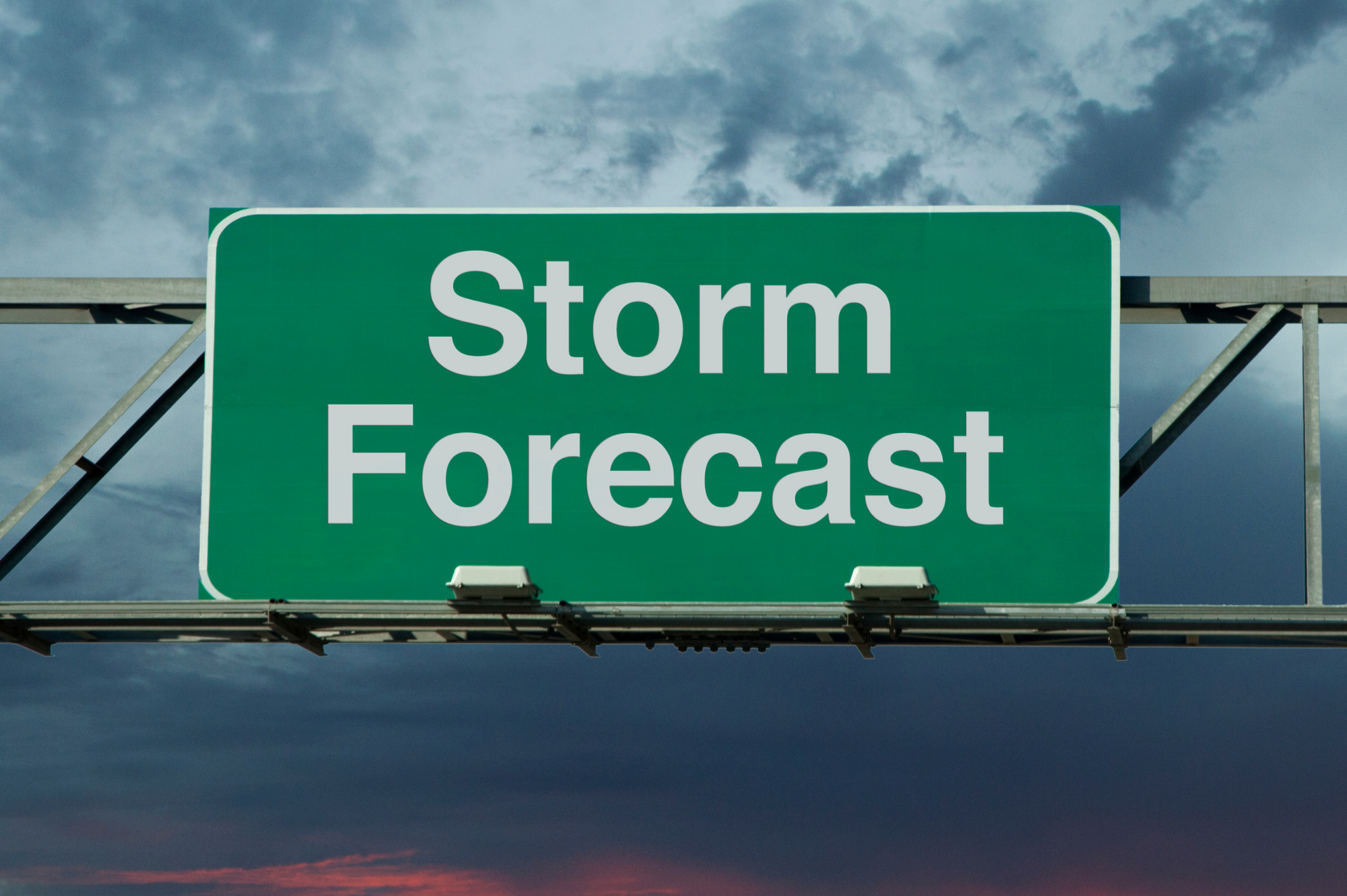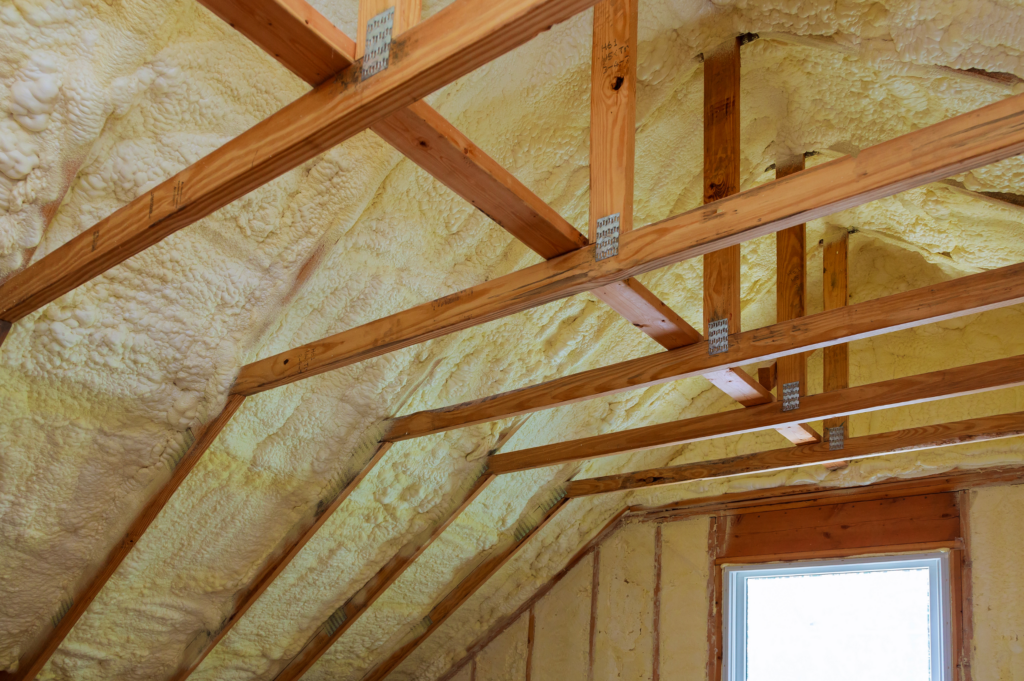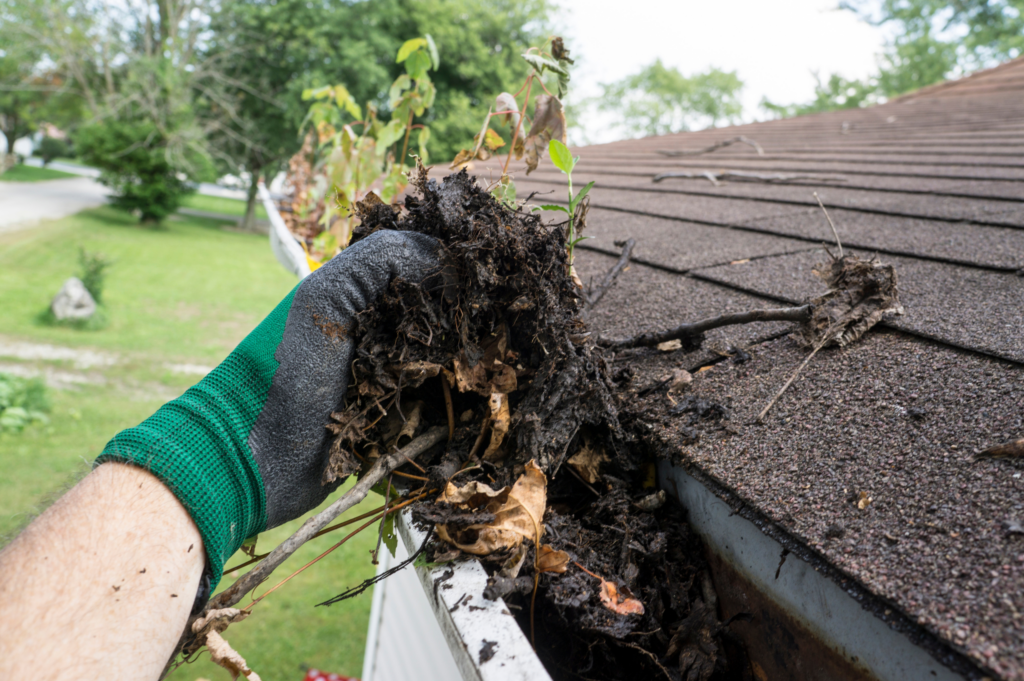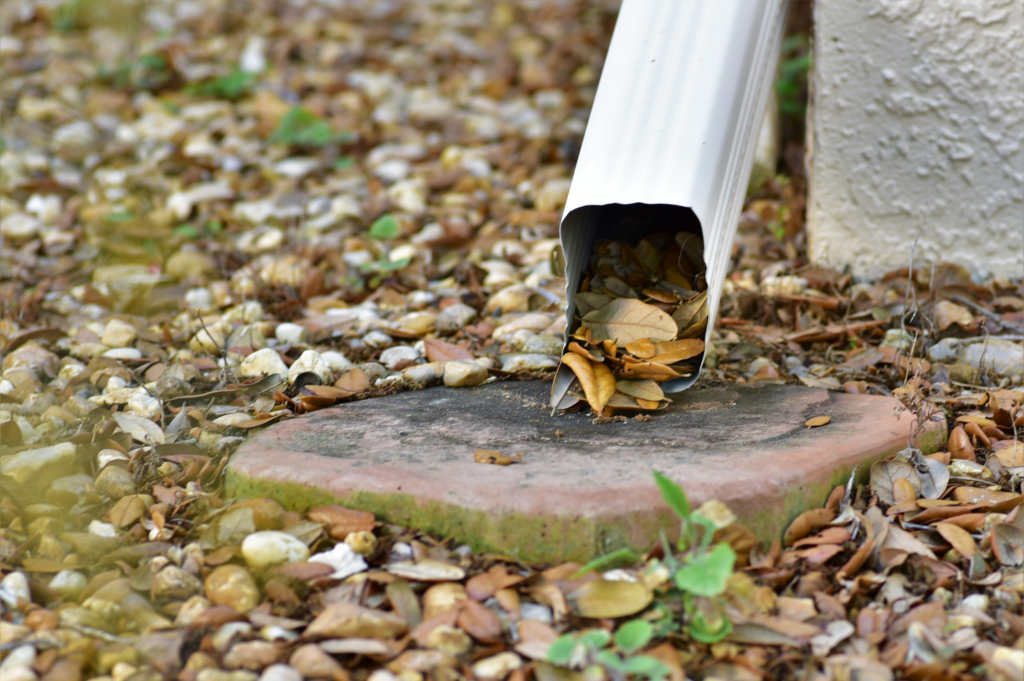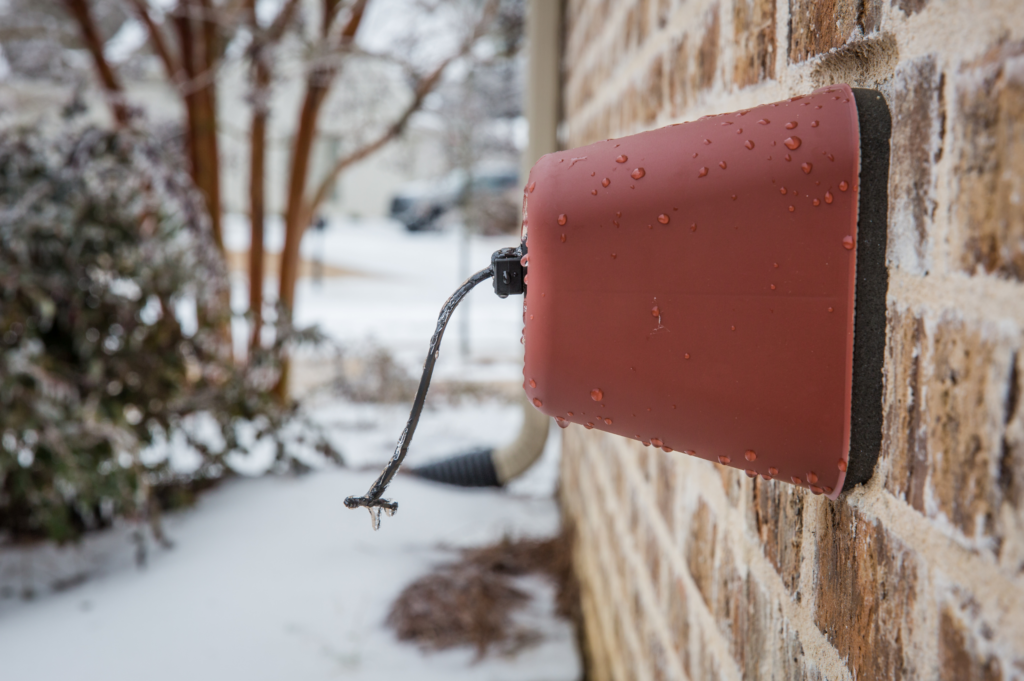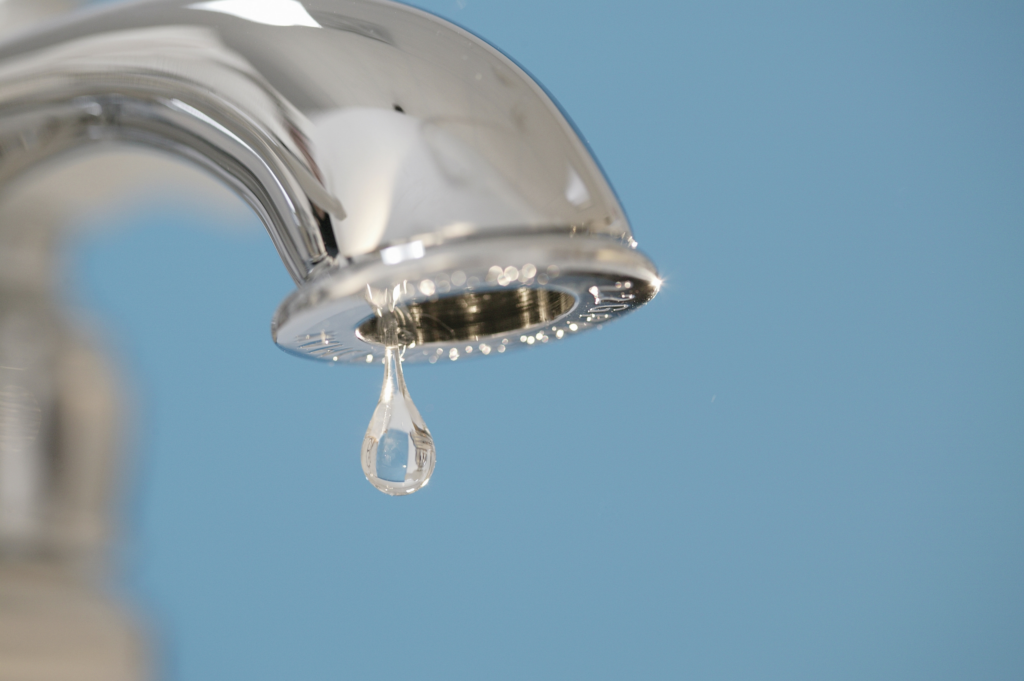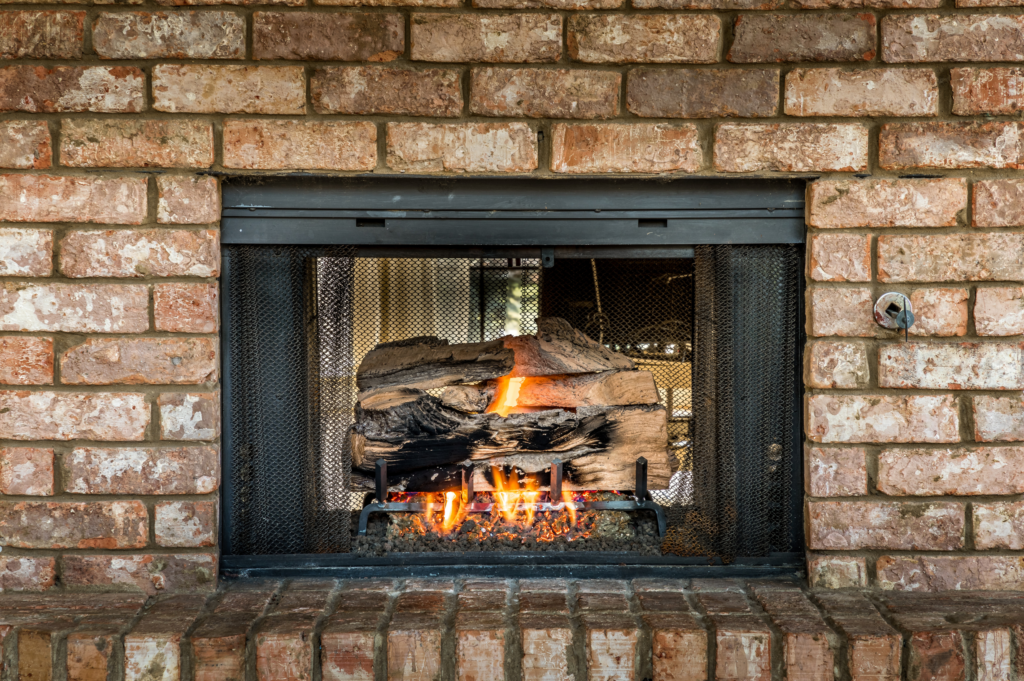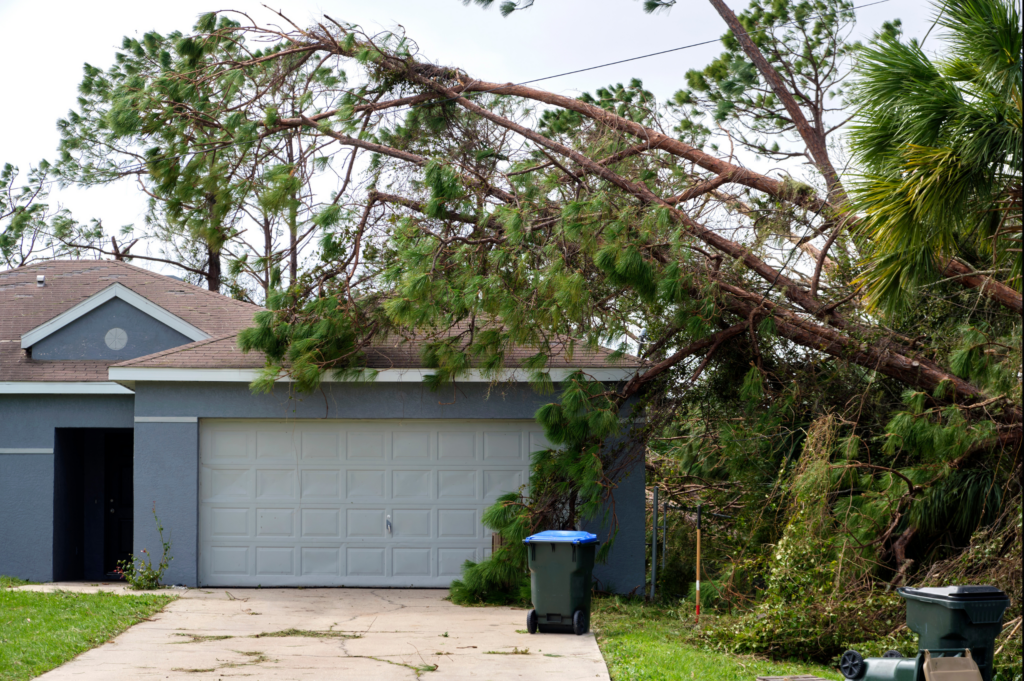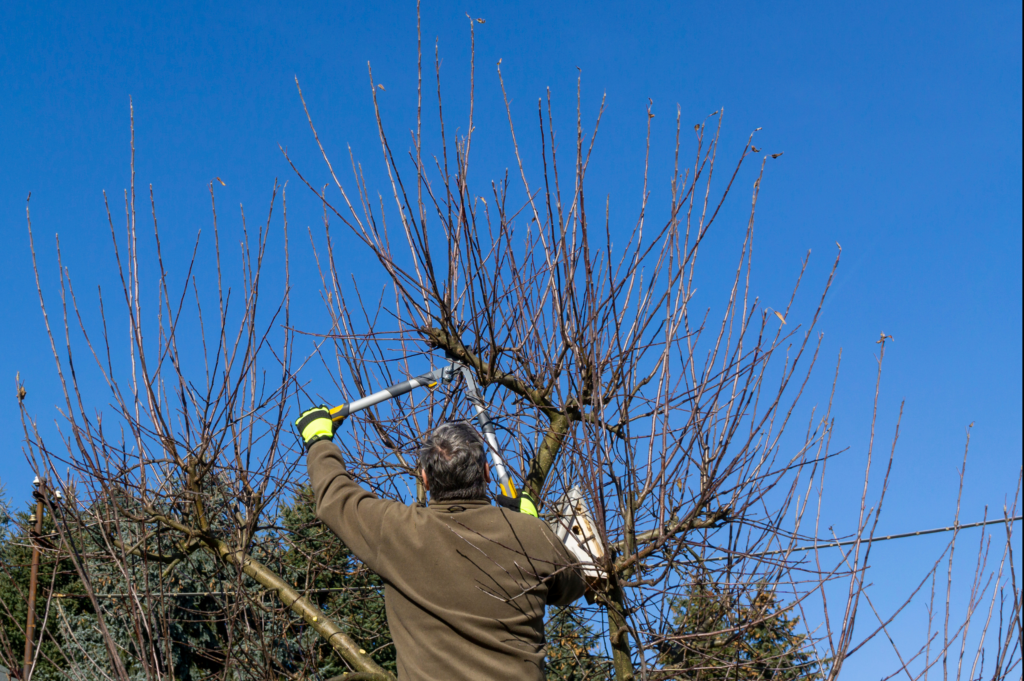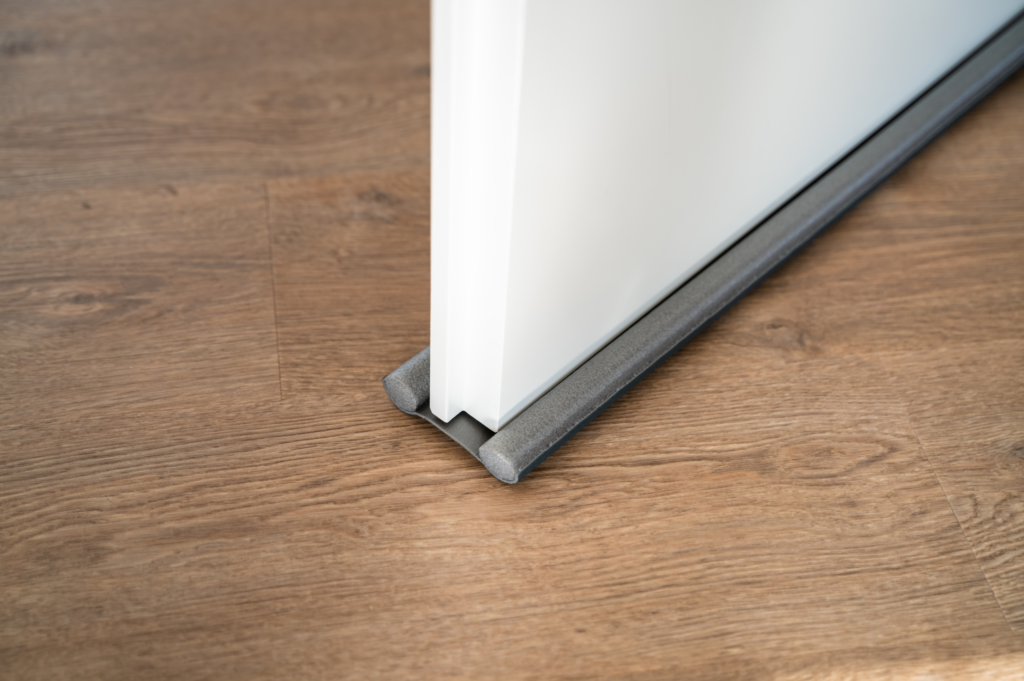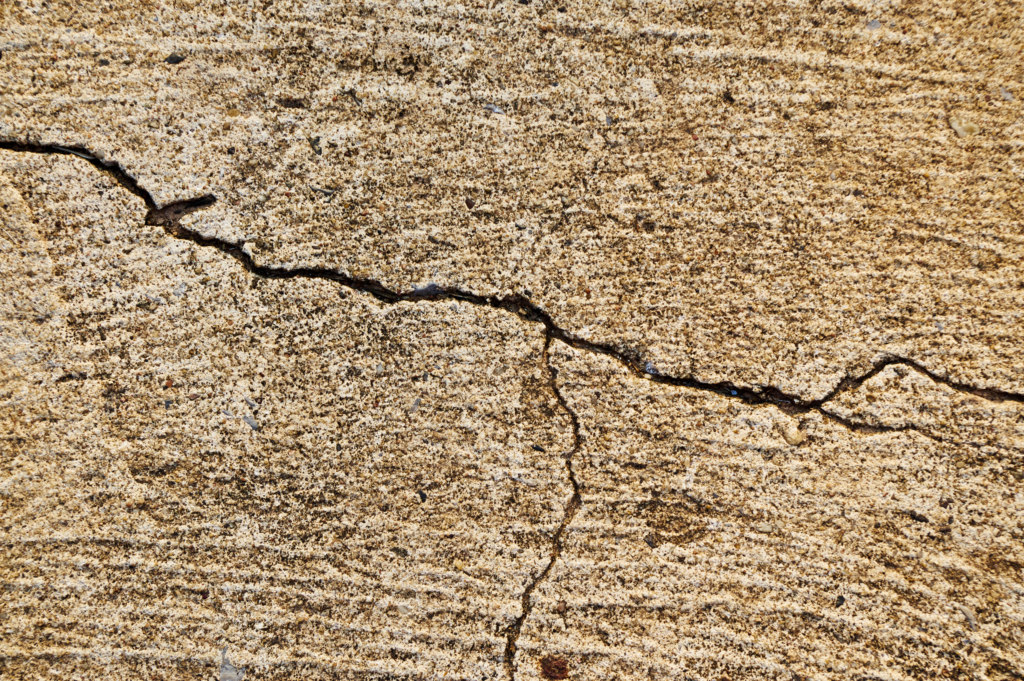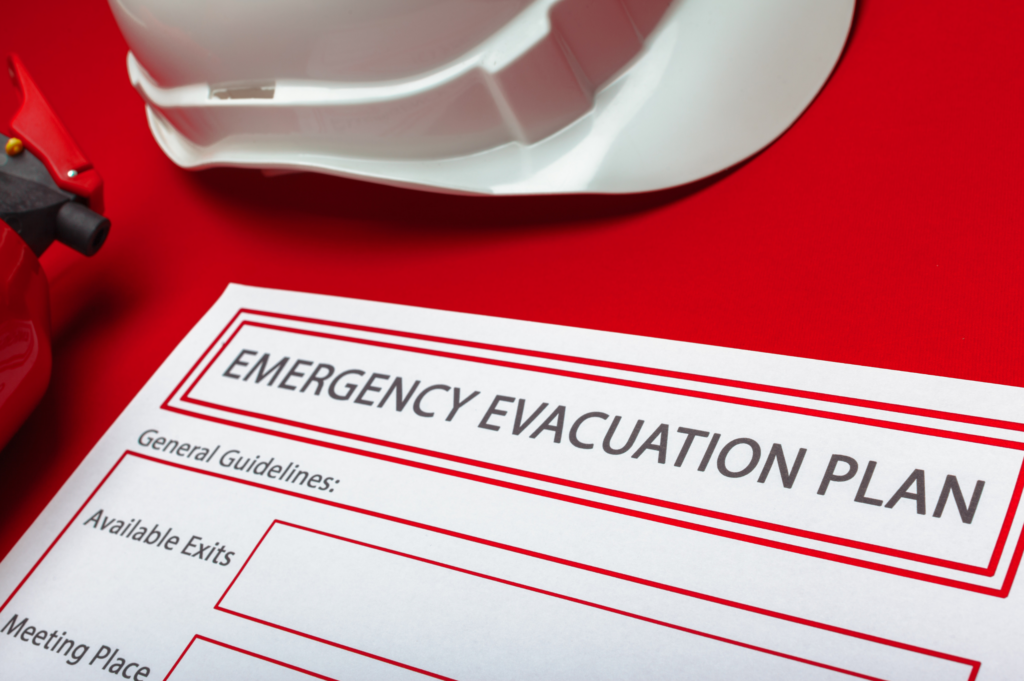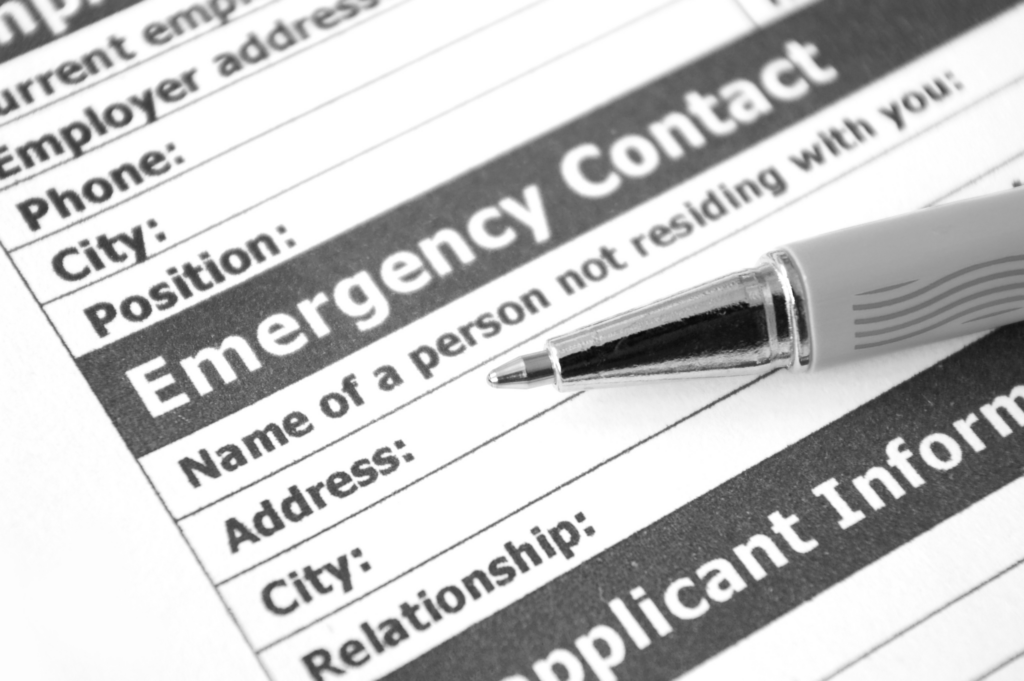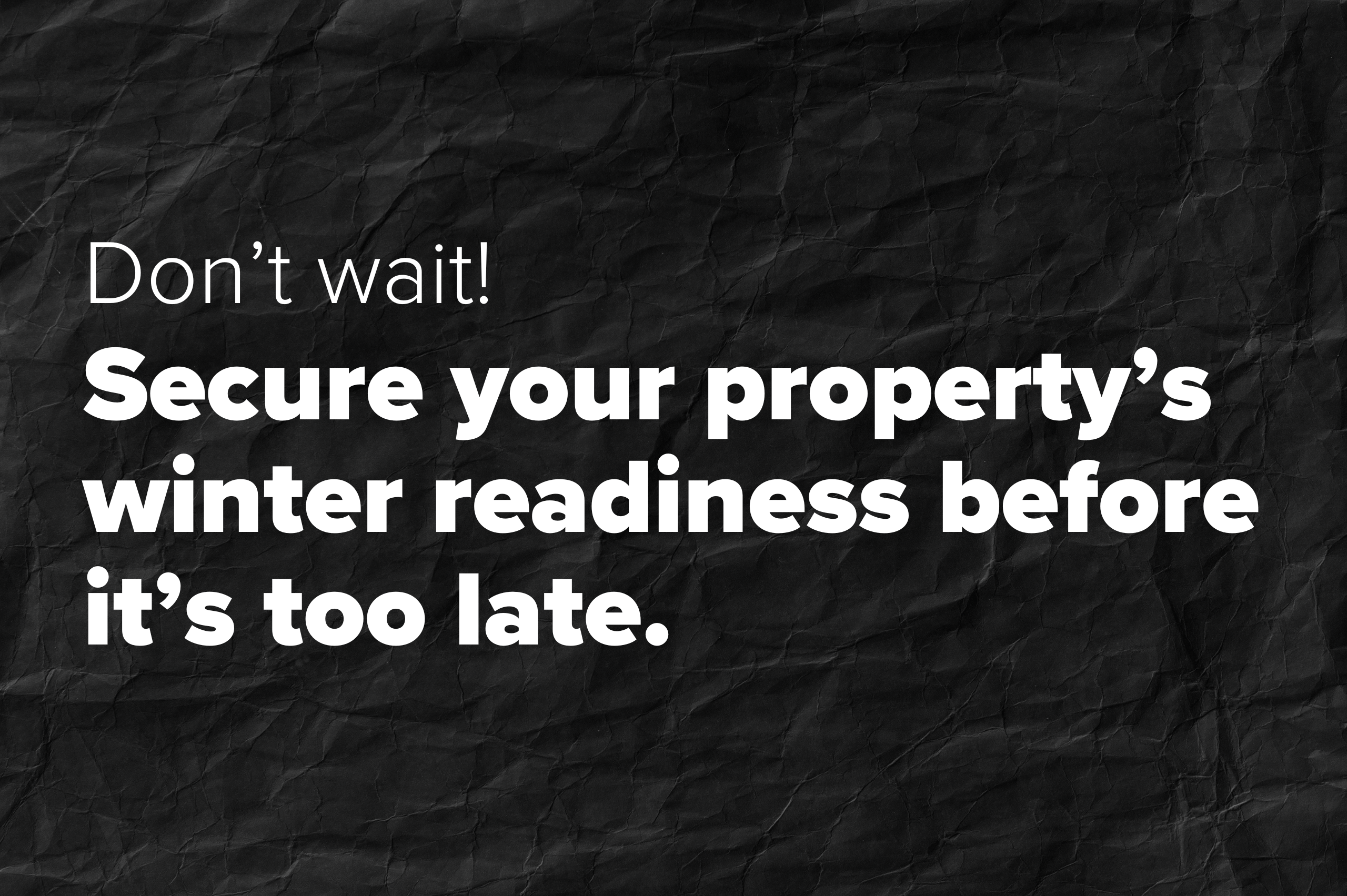Prevent Ice Dams & Snow Damage During Thaw
Winter’s beauty is undeniable, but it brings risks to your roof, from accumulated snow to ice dams. These winter elements can lead to serious damage if not addressed promptly. Let’s break down the risks, how to spot potential issues, and how you can protect your roof during the thawing process.
How Snow and Ice Can Stress Your Roof
The weight of snow and ice can cause structural stress on your roofing materials. Look for visible signs such as sagging areas, bowed sections, or unusual depressions. Examine the edges of your roof for potential vulnerabilities. Reinforce weak points by consulting with a roofing professional. Consider redistributing snow load or implementing temporary supports to alleviate stress. Reinforcement measures may involve bracing, especially in areas prone to heavy snowfall.
Common Signs of Roof Damage to Look For
Interior Warning Signs
Spotting interior warning signs is crucial. Leaks, water stains, or mold growth indicate potential roof damage. Pinpoint the source of leaks promptly to prevent further structural compromise. Investigate attic spaces for any signs of water infiltration, allowing for early detection and timely intervention. This proactive approach can mitigate potential damage from escalating.
Exterior Inspection Tips
Performing an exterior inspection is equally important. Check for missing or damaged shingles, cracks in the roofing material, and compromised flashings. Inspect chimneys, vents, and gutters for signs of damage. Pay attention to the condition of the soffits and fascia. By routinely assessing your property’s exterior, you actively contribute to its long-term structural health. Document findings for future reference and maintenance planning.
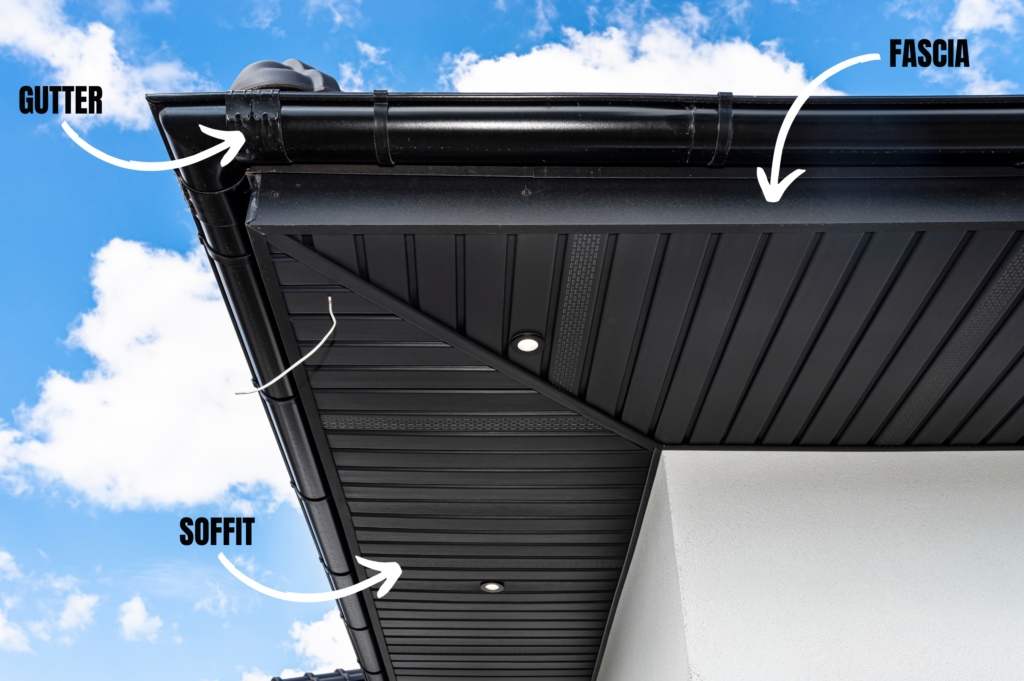
How to Prevent Roof Damage During the Thaw
Proactive snow and ice removal can be the key factor in your roof’s ability to withstand any melting complications. Use safe removal techniques to prevent further damage, such as the following:
1. Use a Roof Rake
A roof rake is a long-handled tool designed for removing snow from the roof while standing on the ground. Gently pull the snow down the roof slope without damaging shingles or roofing materials. Avoid climbing onto the roof, especially during icy conditions.
2. Avoid Metal Tools
Refrain from using metal tools like shovels, as they can cause damage to the roof surface and lead to scratches or punctures.
3. Apply Safe De-icing Agents
Apply roof-friendly de-icing agents to help melt ice dams. Take care to choose products that are safe for roofing materials and won’t cause corrosion.
4. Warm Water Application
In certain situations, carefully pour warm water on ice-prone areas to facilitate melting. Avoid using hot water, as it can refreeze quickly and create additional issues leading to potential roof damage.
5. Consider Professional Snow Removal
Consider hiring professional snow removal services with experience in safe practices. Professionals use specialized equipment and techniques to minimize the risk of damage with snow and ice removal.
How to Prevent Ice Dams
Consider installing ice shields or heating cables along the roof edge to prevent the formation of ice dams. Proper insulation and ventilation in the attic can also contribute to minimizing ice dams.
When to Consult a Professional
As winter turns to spring, it’s important to stay vigilant about your roof’s health. If you notice any warning signs or suspect your roof may be damaged, it’s time to consult a roofing professional. A timely inspection can save you from costly repairs down the line.
Premier Claims offers guidance on assessing any damage to your roof after a winter storm. From insurance claims to restoration assistance, trust our team to guide you through your claims process.
If you suspect your roof has been damaged after the recent winter storms, reach out today!
"*" indicates required fields


